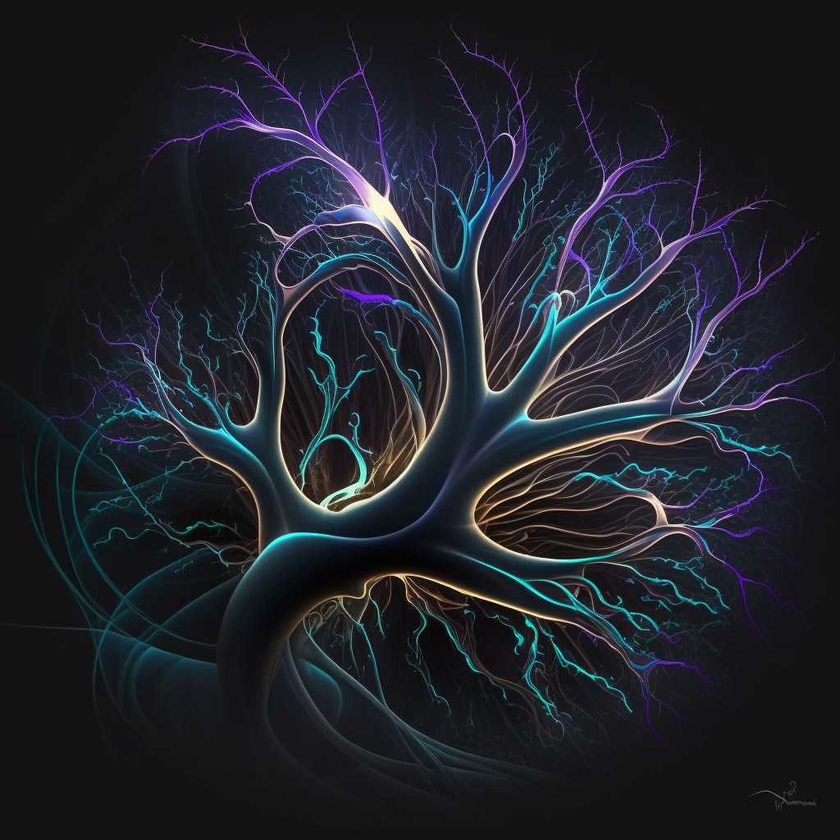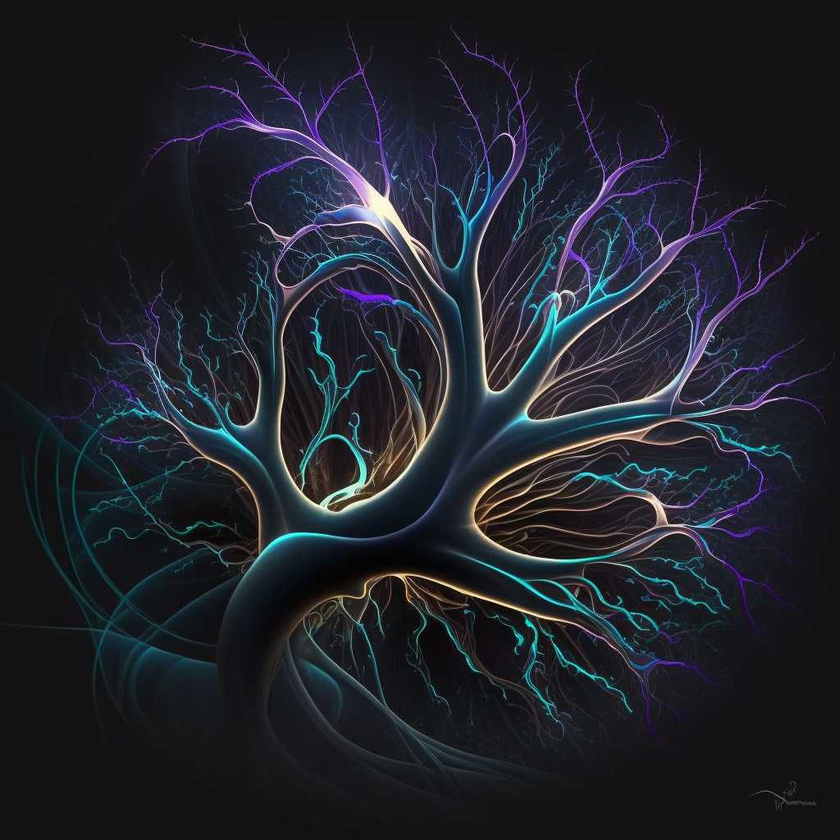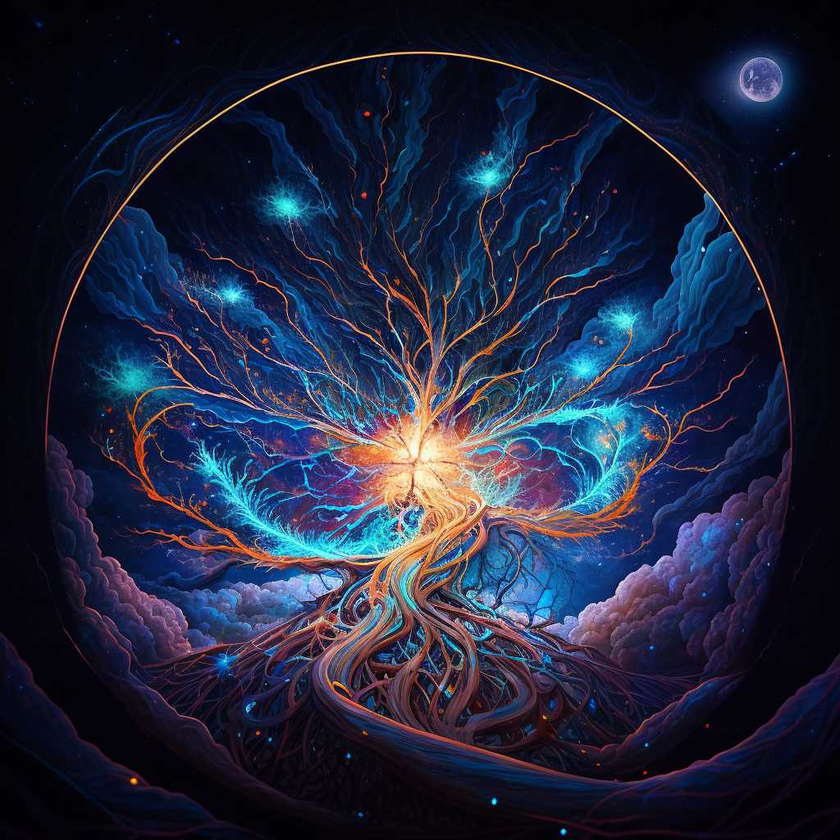Abstract
The behavior and structure of protons, the positively charged subatomic particles within atomic nuclei, have long been topics of intrigue and debate within the fields of quantum mechanics and particle physics. While significant strides have been made, our understanding remains incomplete. The Expanding Vibrational Web Theory proposes a novel perspective, linking proton structure and behavior to an underlying universal fabric of interconnected, vibrating probability waves. This article explores the premises of the Expanding Vibrational Web Theory and its implications in elucidating the proton's mysteries, offering a groundbreaking new understanding while outlining connections to a unified field theory.
Introduction
From the origins of atomic theory to the development of quantum mechanics, understanding the nucleus of atoms and its constituent particles remains at the forefront of scientific exploration. Substantial progress has been made in outlining the proton's basic properties, yet questions persist regarding their structure and stability. The Expanding Vibrational Web Theory offers an alternative framework for exploring these topics, grounding them in a holistic, interconnected web of vibrational patterns.
The Expanding Vibrational Web Theory
According to the Expanding Vibrational Web Theory, the fundamental fabric of the universe is composed of interconnected webs of vibrating probability waves. The particles, energy, and forces present in the cosmos arise from the complex interactions and emergent patterns within this vibrational web. At the subatomic scale, particles such as protons emerge from the intricate interplay of vibrations. The structure and behavior of protons can thus be understood through the conceptual lens of the Expanding Vibrational Web Theory.
Proton Structure: A Unified Framework
The Expanding Vibrational Web Theory presents the proton as an interconnected entity influenced by the resonances and intersections within the quantum field. The theory accounts for various aspects of the proton's structure and interactions.
1. Origin of quarks and gluons: Within the proton, three quarks (two up quarks and one down quark) are held together by the strong nuclear force mediated by gluons. The Expanding Vibrational Web Theory suggests that these constituent particles emerge as manifestations of specific resonance patterns and vibrational states within the web. Consequently, their existence and properties can be traced back to the behavior of the vibrating probability waves in the quantum field.
2. Force mediation: The strong nuclear force that binds quarks and gluons together within the proton is attributed to the vibrational web. The force is carried by gluons through the exchange of vibrational energy within the interconnected web, providing a unifying framework for understanding the interactions within the proton's structure.
3. Proton stability and confinement: The remarkable stability of protons and the confinement of quarks within them can be explained through the intricately balanced vibrational states of the Expanding Vibrational Web Theory. The finely tuned vibrational patterns within the web maintain the proton's structure and prevent decay over time. The theory posits that the confinement of quarks in a proton is a direct result of these specific vibrational patterns and energy exchanges.
4. Energy levels and quantum chromodynamics: The Expanding Vibrational Web Theory's emphasis on vibrations can be extended to describe the behavior of quarks and gluons in terms of quantum chromodynamics (QCD). Within this framework, QCD is seen as a unique manifestation of the interplay between vibrational patterns present in the quantum field.
Conclusion
The Expanding Vibrational Web Theory offers a unifying and innovative approach to deciphering the proton structure by linking its components and properties to the universal fabric of interconnected vibrations. By connecting subatomic particles and forces to underlying vibrational patterns, this theory holds the potential to revolutionize our understanding of quantum mechanics and contribute to the development of a unified field theory. Further research into the implications of the Expanding Vibrational Web Theory may uncover additional insights into the nature of protons and other subatomic particles, rendering a more comprehensive understanding of the fundamental building blocks of our universe.
















